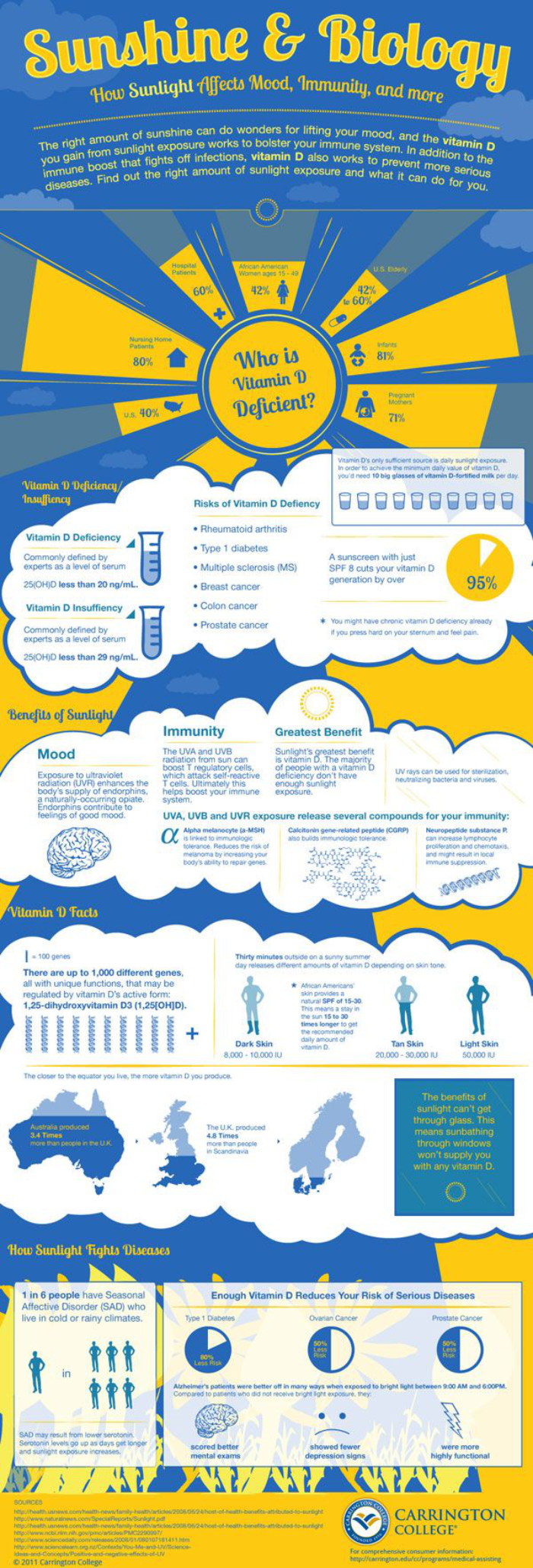If you have ever considered purchasing oral vitamins such as vitamin D and have consulted the label on the package, you may have seen vitamin D3 as one of the primary ingredients in the formula. The reason for this is because there is more than one type of vitamin D that exists and they are all labeled under the generic category of vitamin D. Although both vitamin D2 and vitamin D3 are essentially the same beneficial component to have in your body, they do have slight differences.
Where are they From?
The main difference between vitamin D2 and vitamin D3 is where they are created/found within the human body and planet Earth. Vitamin D2 is generally derived from mushrooms that have experienced an ample amount of exposure to sunlight. Whereas vitamin D3 is a naturally occurring chemical that can be found within our skin. Although these two components are found in different locations, they are converted into calcitriol, a hormone that allows the body to activate the benefits of these two vitamins.
More about Vitamin D3
During the time that your skin is exposed to the ultraviolet rays brought from the sun, it creates a chemical known as pre-vitamin D3 which then travels to the liver to become the full chemical vitamin D3. Depending on how much time you spend in the sunlight, the levels of vitamin D3 in your body will differ. It can also depend on the amount of sunlight that your skin receives, as an example, if there is an ample amount of cloud cover or if you use sunscreen. Although using sunscreen limits the amount of vitamin D3 that your skin produces, it is still important to use in order to prevent skin cancer.
Vitamin D as a Whole
Although vitamin D2 and vitamin D3 are found in two completely separate areas, they both benefit the body in the same way. With that being said, if you do not feel comfortable with taking supplements or spending an ample amount of time in the sun, there are a variety of foods that you can get your vitamin D from such as tuna, rockfish, and halibut. Also, considering that mushrooms are the main derivative of vitamin D2, you can also choose to eat them, although their vitamin D2 content may differ depending on their exposure to ultraviolet rays.
Vitamin D is imperative for the human body as it controls the absorption of calcium, regulates the growth of cells, and help to kill bacteria within your body.
